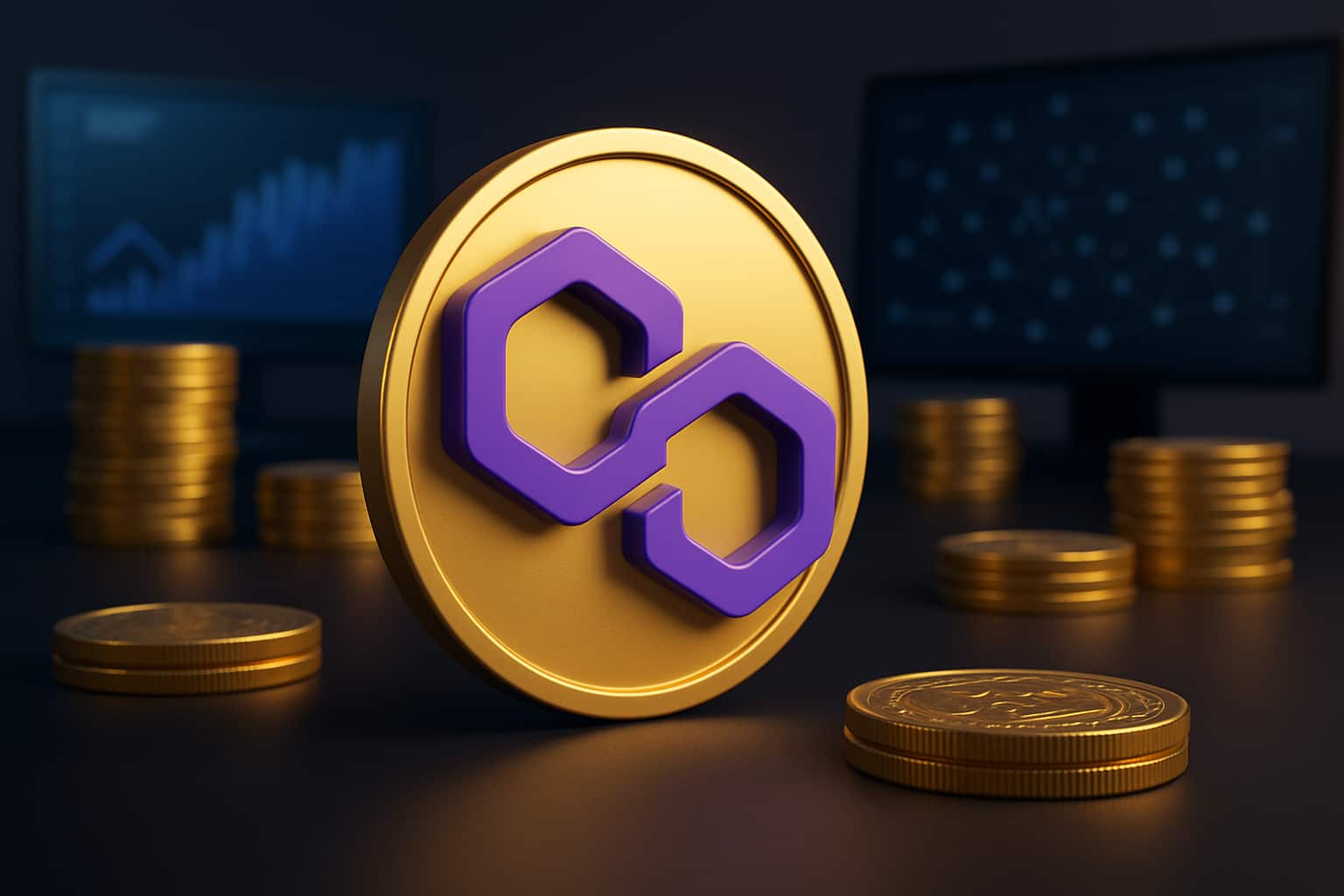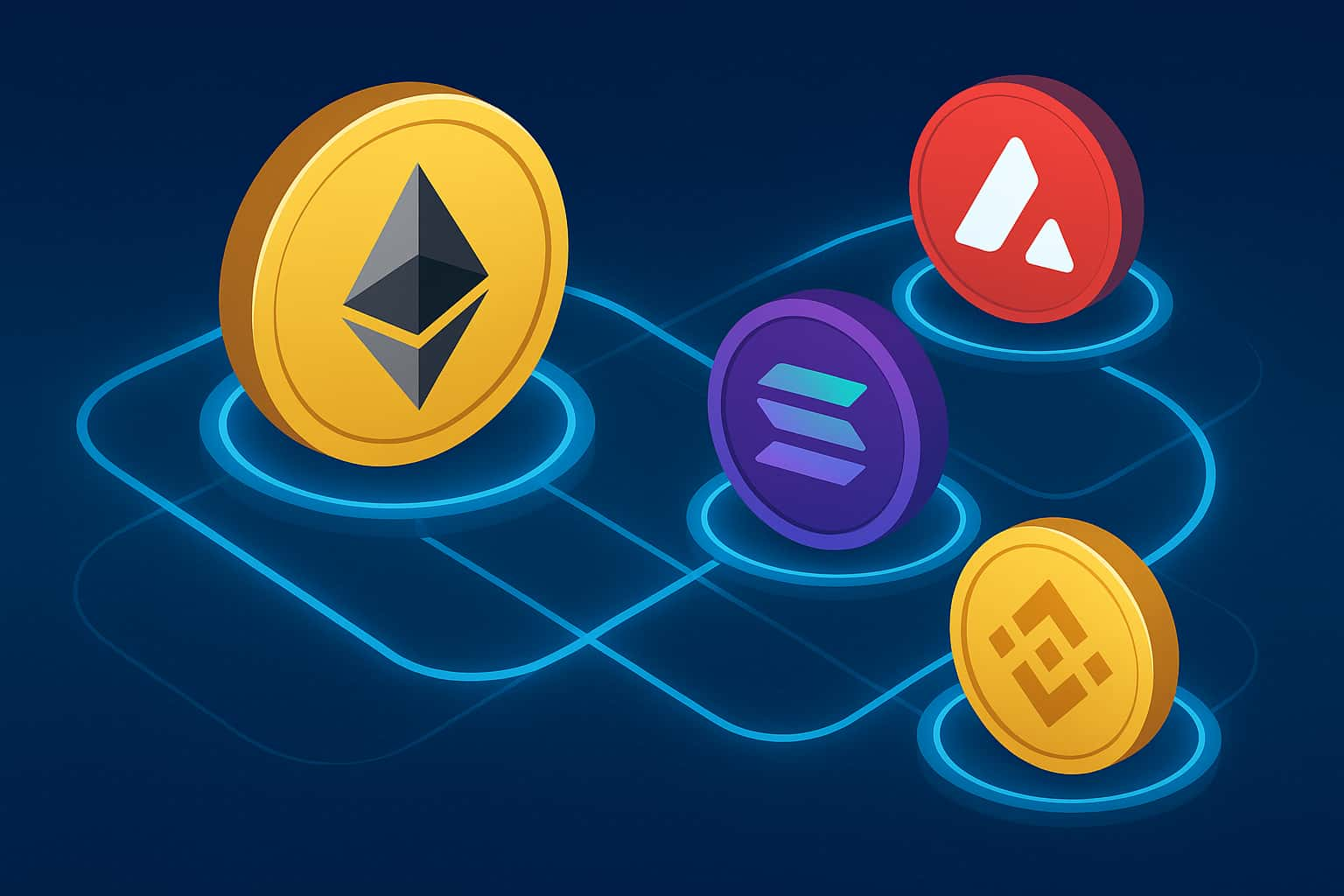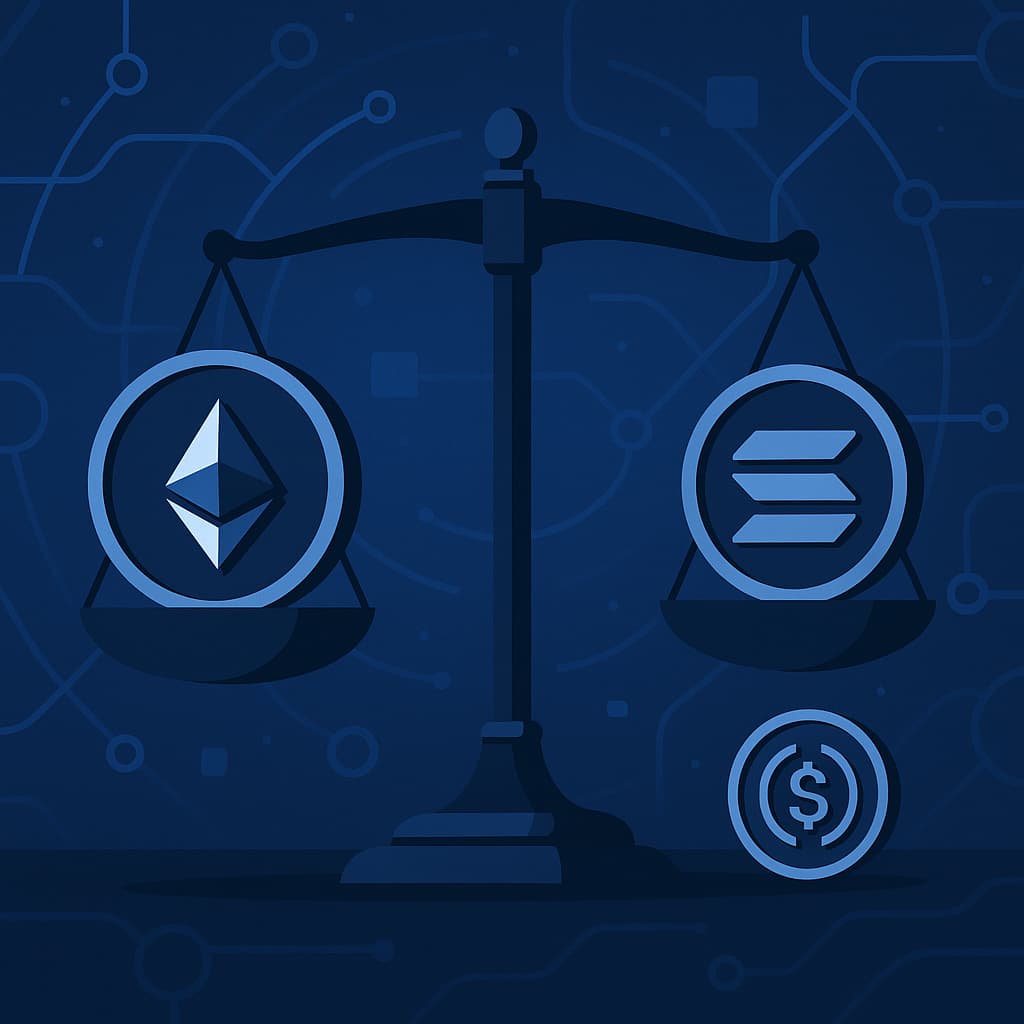-
In particular in music, art, and other creative content, non-fungible tokens (NFTs) have revolutionized how artists and content providers sell and profit from their creations. NFT royalties are one of the additional ways they can make money and help them receive ongoing payment for their work. One can make use of them using NFT development services.
The following discussion attempts to explain how to add royalties to NFT, their introduction, and their functioning. Additionally, readers can also identify their advantages as well as the economics that support NFT royalties.
How NFT Royalties Work
NFT royalties are charges made to content creators for each sale of their works. Creators can make eternal profits by creating NFT royalties, which might motivate them to keep producing material.
In the past, artists and content producers have needed to keep creating to survive. Their efforts only resulted in one payment, thus the growing popularity of their already-established work did not benefit them in any way. Digital assets known as NFTs, or non-fungible tokens, can be purchased or sold using cryptocurrencies.
To support open, private transactions, they deploy smart contracts. They also give artists the chance to generate passive income through a quick minting procedure. Once an NFT has been created, the artist will always get a share of the money spent whenever one is sold.
How Do NFT Royalties Operate
An NFT royalty, which results from secondary sales when an NFT holder sells the artist's creation to another customer, is a sort of guaranteed payment to the original artist. The artist must mint the work to get NFT royalties. The artist determines upfront what portion of each sale will be used to pay royalties. Although there is no predetermined minimum, the typical royalty is close to 6%. The royalties are automatically gathered and given to the artist after an NFT is minted. The blockchain is used to keep track of NFT royalties. In the NFT's smart contract, minting entails adding details about the royalties.
You may also like to explore | Phygital NFT | Combining the Physical and Digital World
How to Integrate Royalties into NFTs
The creators of digital assets have access to and control over the smart contracts that are the foundation of NFTs. By doing this, the author instructs the NFT to generate royalties just for them with every sale. The coding creates an automated system for collecting and paying royalties from sales to the creator. Neither the parties to the sale nor the originator of the content needs to take any further action.
NFT Royalties | Benefits
It does require a small amount of additional work upfront to set up your NFT royalties. The benefits of NFT royalties, though, might make this endeavor worthwhile. What are the main benefits of receiving royalties from your created digital assets?
Earn Passive Income
Since royalties are paid perpetually, you will always be compensated for the sale of one of your digital assets to a new NFT holder. Through their arduous effort, artists can steadily grow their earnings year after year thanks to royalties, which enable the creation of passive income.
Gain Profits as the Work's Value Rises
The value of digitally created materials can rise over time, just like it does with conventional art. The earliest sale between the author and the initial purchaser might have had the lowest sales price. Future NFT holders gain money from the sale of an asset as its value rises. NFT royalties allow authors the chance to receive higher royalties as the worth of their work rises.
Fair Reimbursement
NFT royalties aid in ensuring that authors are adequately compensated for their creations as their worth rises. Because of this, they can increase their income as the value of their job rises.
Automatic Transfers
Because royalties are immediately subtracted from an NFT's sale price, it is simpler for creators to get paid for their contributions. The form of agreement is carried out on a smart contract without the use of a middleman; once the NFT is sold, it immediately triggers.
Also, Explore | NFT Lending and Borrowing | When NFT Meets DeFi
Functioning of NFT Royalties | Comprehensive Workflow
Making of NFTs
The creation of an NFT is the first stage in adopting NFT royalties. On a blockchain, such as Ethereum or Binance Smart Chain, NFTs are produced by minting them. When an NFT is created, it is given a special identification number and placed on the blockchain.
The Development of Smart Contracts
A smart contract can be developed and attached to an NFT once it has been formed. Self-executing contracts known as "smart contracts" are kept on the blockchain. When specific criteria are met, such as the selling of the NFT on a secondary market, they can automatically execute. The smart contract may specify how ownership will be transferred as well as the percentage of royalties that the developer will get from subsequent sales.
The Royalty Percentage Setting
The royalty percentage represents the portion of the selling price that the creator will be paid on subsequent NFT sales. This proportion, which can be anything between 5% and 15%, is normally specified at the time the NFT is formed. The smart contract specifies the royalty %, making it transparent and unchangeable.
NFT Sales on Secondary Markets
The linked smart contract is automatically carried out when an NFT is sold on a secondary market. Based on the sale price and the creator-specified royalty %, the smart contract determines the amount of the royalty. The creator's wallet is then automatically credited with the royalty sum.
Automated Payments for Royalties
Because NFT royalties are computerized, creators always get their due compensation when their NFT is bought and sold on a secondary market. The royalty portion is paid out automatically, without the need for manual intervention, thanks to the smart contract.
Also, Read | Modernizing the Art Industry with Blockchain Solutions
Conclusion
In the blockchain age, NFT royalties have emerged as a new method for artists and producers to commercialize their digital works and safeguard their intellectual property rights.
NFT royalties have the potential to revolutionize the way we think about the value and ownership of digital assets by enabling fair remuneration, long-term revenue streams, fractional ownership, and revenue sharing.
If you have a project in mind or have any queries related to the subject, connect with our skilled NFT developers for more information.

Our Offices
INDIA
Emaar Digital Greens, Sector 61,
Gurugram, Haryana
122011.
Welldone Tech Park,
Sector 48, Sohna road,
Gurugram, Haryana
122018.















